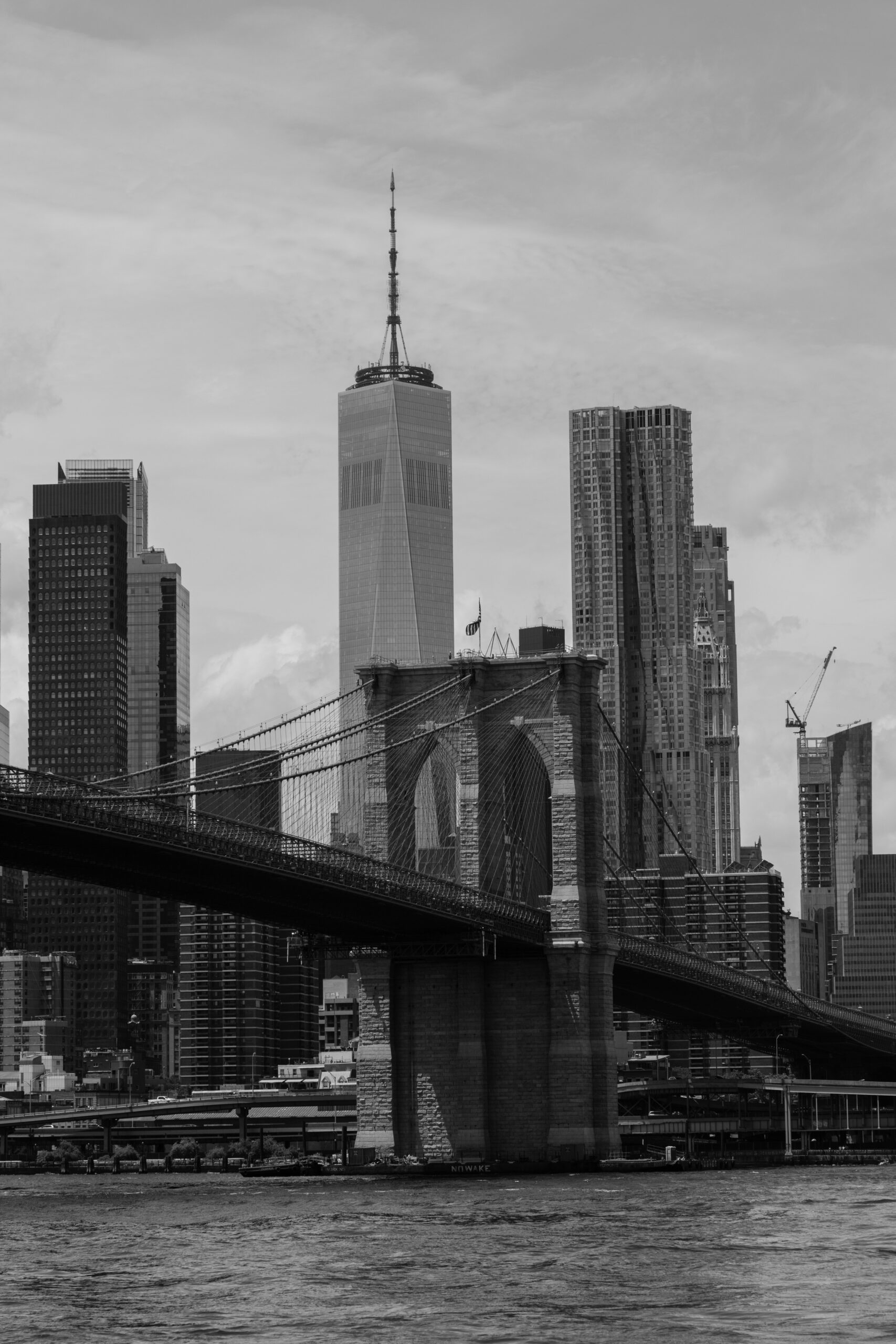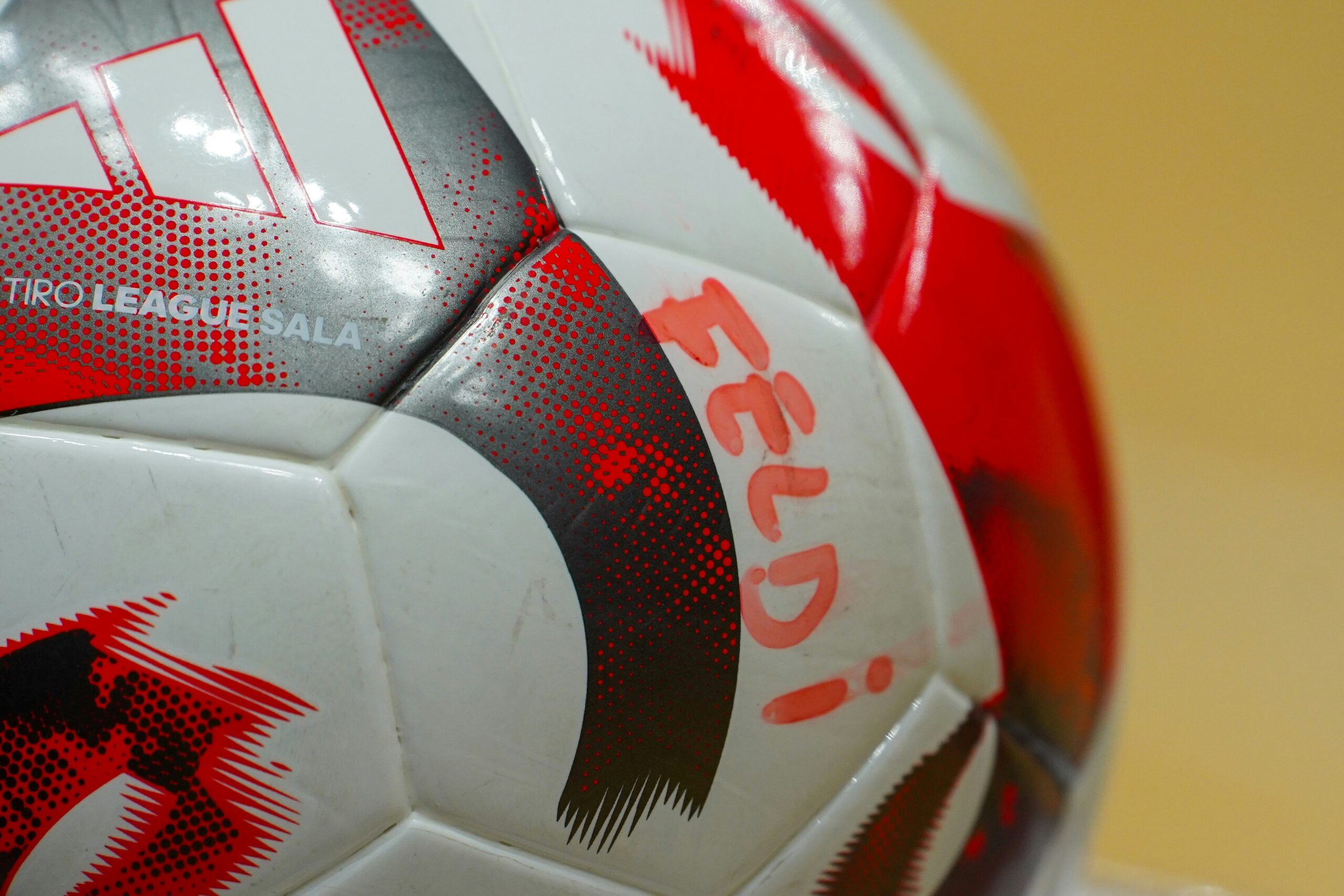
- calendar_today August 5, 2025
What Investors Should Know About USD1 Stablecoin in New York
Can USD1 Survive New York’s Regulatory Heat and Wall Street Expectations?
Meta Description: Explore USD1 stablecoin potential to rival USDT and USDC, and what it means for institutional investors.
Stablecoins continue to redefine how digital money interacts with traditional finance, particularly in high-stakes markets like New York. With Wall Street’s institutional powerhouses and one of the strictest crypto regulatory frameworks in the world, New York is no easy territory for new stablecoin projects.
Enter USD1, the latest digital dollar initiative from Trump’s World Liberty Financial. Backed by U.S. Treasurys and dollar reserves, it claims to bring a new layer of transparency to the stablecoin ecosystem. But in a market dominated by USDT and USDC—both of which have already spent years navigating compliance and adoption hurdles—can USD1 realistically carve out a place in New York’s crypto economy?
The New York Crypto Climate: Friend or Foe?
New York has always walked a fine line between encouraging innovation and imposing tough rules. The BitLicense, introduced in 2015 by the New York Department of Financial Services (NYDFS), remains one of the most demanding crypto compliance regimes globally. It has prompted some companies to abandon the state entirely.
However, those that remain enjoy access to institutional investors, financial infrastructure, and credibility. As of 2024, over $9 trillion in digital asset transactions have passed through New York-based platforms, according to a report by Deloitte.
For USD1, this landscape poses both opportunity and risk. Its transparency-first approach—anchored in U.S. Treasurys—is a smart pitch to regulators. But unlike Silicon Valley’s more open-ended ecosystem, New York demands airtight compliance and full disclosure.
USD1 vs. Legacy Players: Who Wins Wall Street?
USDT and USDC currently dominate the stablecoin space in New York. Tether’s USDT is widely used but has faced ongoing criticism over opaque reserves and limited audit access. On the other hand, USDC—issued by Circle and overseen by U.S.-based financial institutions—has gained favor among banks and hedge funds.
USD1 is entering the scene, promising full-dollar reserves and public audits, aligning more with the USDC model. But credibility in New York takes time. Here, institutional trust isn’t won through marketing—it’s earned through scrutiny, track records, and relationships.
Political affiliation may also complicate matters. With USD1 linked to Trump’s business network, the coin could draw scrutiny from Democratic-leaning regulators and mainstream institutions. Unlike retail-heavy states, New York’s crypto scene is deeply entangled with Wall Street reputations, federal lobbying, and public trust.
Impact on Financial Institutions and Startups
From JPMorgan’s Onyx blockchain unit to NYSE’s experiments with tokenized assets, New York’s financial institutions are already exploring stablecoin use cases internally. A newcomer like USD1 would need to show clear legal compliance and technical superiority to even get in the room.
However, the startup ecosystem offers a crack in the wall. Blockchain firms focused on real-world asset tokenization, cross-border remittances, and DeFi lending are seeking alternative stablecoin options. If USD1 can build bridges with local fintech incubators or earn early-stage partnerships, it could gradually build momentum.
That said, most startups still prefer to integrate with existing, reliable coins rather than test unproven ones, especially when regulatory uncertainty is a constant concern.
Can USD1 Earn a BitLicense?
The elephant in the room is New York’s BitLicense. Without it, USD1 cannot legally operate in the state. This makes or breaks its future here.
Acquiring a BitLicense involves:
- Disclosing executive backgrounds
- Publishing detailed financial audits
- Passing cybersecurity assessments
- Complying with anti-money laundering (AML) rules
- Maintaining a minimum capital threshold
So far, USD1 has not announced formal application plans. If it chooses to pursue one, the process could take 12–18 months and require millions in legal fees.
Even if it meets the technical bar, the political perception surrounding its founders may slow down approval or prompt public backlash. In New York, optics matter as much as operations.
Future Outlook: USD1 in the Shadow of a Digital Dollar
Another looming factor is the potential launch of a U.S. central bank digital currency (CBDC). According to PwC, 60% of institutional asset managers in the U.S. believe a digital dollar will exist by 2027. If such a currency emerges, especially with direct Federal Reserve backing, private stablecoins like USD1 could become redundant or heavily restricted.
For USD1 to survive long-term in New York, it must:
- Earn regulatory approval
- Build trust across politically diverse financial actors
- Differentiate technically beyond reserve backing
- Show resilience against market and legislative shifts
Without those pillars, it risks being sidelined—despite its initial fanfare.
USD1’s entry into the New York stablecoin market feels more like a stress test than a launch. The rewards are great—access to institutional liquidity, Wall Street credibility, and policymaker attention. But the barriers are higher than anywhere else in the U.S.
If USD1 can balance regulatory diligence with apolitical positioning and real-world use cases, it might earn its place at the stablecoin table. Otherwise, it may remain on the periphery, watching the giants continue to lead.









